Home>Gardening & Outdoor>Landscaping Ideas>How To Plant Buffalo Grass Seed
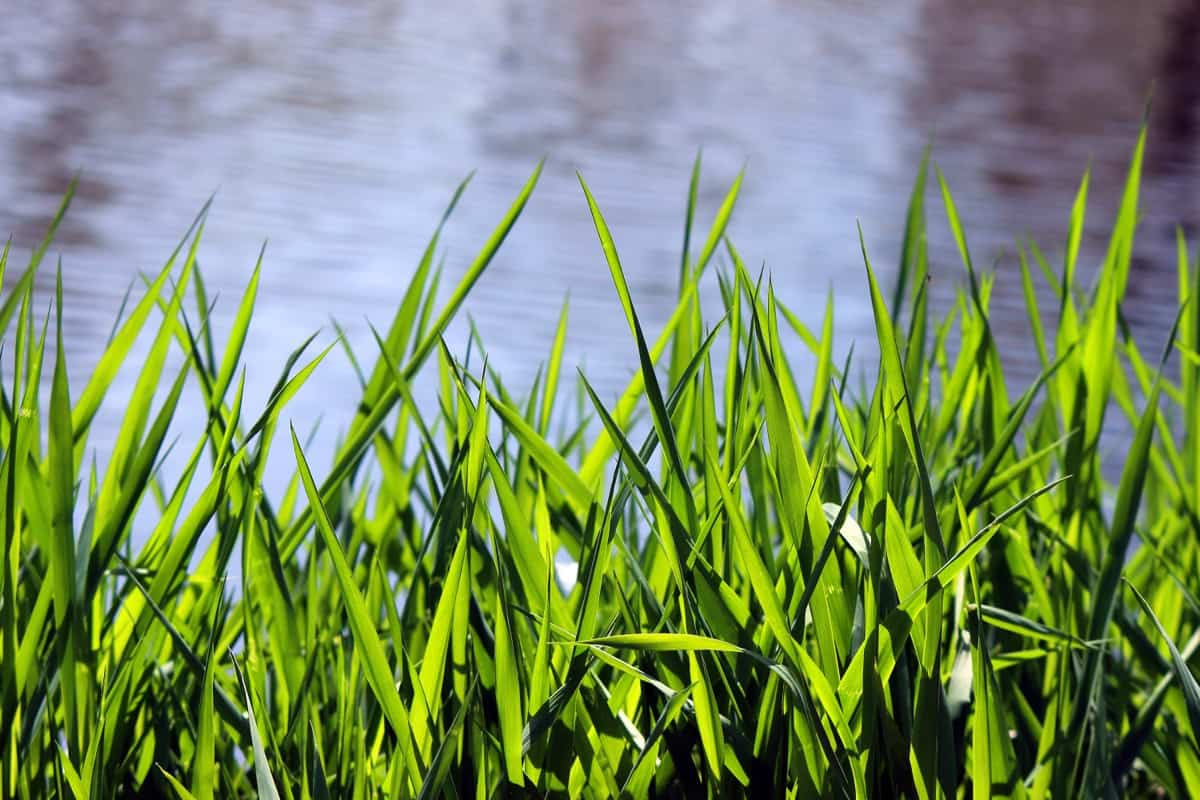

Landscaping Ideas
How To Plant Buffalo Grass Seed
Modified: March 21, 2024
Learn the best landscaping ideas for planting buffalo grass seed and create a lush, low-maintenance lawn. Get expert tips and step-by-step guidance.
(Many of the links in this article redirect to a specific reviewed product. Your purchase of these products through affiliate links helps to generate commission for Storables.com, at no extra cost. Learn more)
Introduction
Welcome to the world of buffalo grass, a resilient and low-maintenance option for your lawn. If you’re looking to establish a lush, green carpet of grass that requires minimal upkeep, buffalo grass may be the perfect choice for you. In this comprehensive guide, we’ll walk you through the process of planting buffalo grass seed, from choosing the right time to watering and maintenance tips.
Buffalo grass (Buchloe dactyloides) is a warm-season perennial grass native to the Great Plains region of North America. Its fine texture, low water requirements, and ability to thrive in various soil types make it an attractive option for homeowners seeking a sustainable and visually appealing lawn. Whether you’re starting from scratch or overseeding an existing lawn, planting buffalo grass seed can lead to a beautiful and eco-friendly landscape.
As we delve into the details of planting buffalo grass seed, you’ll discover the best practices for preparing the soil, sowing the seeds, and nurturing your new lawn to ensure its long-term success. By following these guidelines, you can create a vibrant buffalo grass lawn that enhances the beauty of your outdoor space while minimizing the need for extensive maintenance.
Now, let’s embark on this exciting journey of cultivating a thriving buffalo grass lawn that will be the envy of your neighborhood.
Key Takeaways:
- Buffalo grass is a resilient and low-maintenance option for a lush, eco-friendly lawn, requiring minimal upkeep and offering natural resistance to pests and diseases.
- Choosing the right time for planting buffalo grass seed and meticulously preparing the soil are crucial for establishing a healthy and vibrant lawn.
Read more: How To Plant Buffalo Grass
Choosing the Right Time
Timing is crucial when it comes to planting buffalo grass seed, as it directly impacts the germination and establishment of your lawn. The ideal time to plant buffalo grass seed is during the late spring or early summer when soil temperatures consistently reach 60-80°F (15-27°C). This period provides the optimal conditions for the seeds to germinate and develop into healthy grass plants.
Before embarking on the planting process, it’s essential to consider your local climate and growing zone. If you reside in a region with cold winters, it’s best to wait until the threat of frost has passed and the soil has warmed up sufficiently. Conversely, if you live in a warmer climate, you can plan your seeding activities accordingly, taking into account the seasonal variations in temperature and precipitation.
Another key factor to consider is the amount of sunlight your lawn will receive during the growing season. Buffalo grass thrives in full sun, so it’s important to choose a time for planting when your lawn will receive ample sunlight for the seeds to germinate and the young plants to establish strong root systems.
By aligning your planting schedule with the optimal growing conditions for buffalo grass, you can set the stage for a successful lawn establishment. Keep in mind that proper timing sets the foundation for healthy growth and resilience, ensuring that your buffalo grass lawn flourishes throughout the seasons.
Next, let’s explore the essential steps for preparing the soil to create an ideal environment for buffalo grass seed germination and growth.
Preparing the Soil
Before planting buffalo grass seed, it’s crucial to prepare the soil to create an optimal environment for germination and growth. Follow these essential steps to ensure that your buffalo grass seeds have the best possible start:
- Clear the Area: Begin by clearing the planting area of any debris, rocks, or existing vegetation. This process allows for better seed-to-soil contact and prevents competition from other plants.
- Soil Testing: Conduct a soil test to assess the pH level and nutrient content of the soil. Buffalo grass thrives in slightly acidic to neutral soil with a pH range of 6.0-7.0. Based on the soil test results, you can make any necessary adjustments to create an ideal growing environment for the grass seeds.
- Aeration and Tilling: Use a garden fork or a mechanical aerator to loosen the soil and improve its overall structure. This step promotes better air circulation and water penetration, which are essential for healthy root development. Follow this by tilling the soil to a depth of 4-6 inches to create a loose, friable seedbed.
- Amend the Soil: Based on the soil test recommendations, amend the soil with organic matter or a balanced fertilizer to enrich its nutrient content. This step provides essential nutrients for the germinating seeds and supports the early growth of the buffalo grass plants.
- Leveling and Raking: After amending the soil, level the area using a rake to create a uniform surface. Raking also helps to incorporate the amendments and create a smooth seedbed for planting.
By meticulously preparing the soil, you can create an ideal foundation for successful buffalo grass seed germination and establishment. The quality of the soil directly influences the health and vigor of your lawn, making this step a critical aspect of the planting process.
With the soil preparation complete, you’re now ready to move on to the exciting phase of planting the buffalo grass seeds and nurturing them into a thriving lawn.
Water the area thoroughly before planting buffalo grass seed to ensure the soil is moist. This will help the seeds germinate and establish a strong root system.
Planting the Seeds
Planting buffalo grass seeds is a pivotal step in establishing a lush and resilient lawn. Follow these guidelines to ensure a successful seeding process:
- Seed Distribution: Begin by evenly distributing the buffalo grass seeds over the prepared soil surface. Use a seed spreader or broadcast the seeds by hand, aiming for uniform coverage to promote consistent growth.
- Seed Depth: Buffalo grass seeds are small and should be planted at a shallow depth of approximately 1/8 to 1/4 inch. Gently rake the soil after seeding to lightly cover the seeds while ensuring they remain close to the soil surface.
- Pressing the Seeds: After seeding, lightly press the seeds into the soil using a lawn roller or by gently walking over the seeded area. This step ensures good seed-to-soil contact, which is essential for germination and initial root development.
- Moisture and Watering: Keep the seeded area consistently moist by lightly watering it several times a day. Avoid heavy watering, as it may displace the seeds or lead to excessive saturation. Maintaining adequate moisture levels is crucial for seed germination and early growth.
- Germination and Growth: With proper watering and favorable environmental conditions, buffalo grass seeds typically germinate within 7-21 days. As the seedlings emerge, continue to monitor moisture levels and provide light irrigation as needed to support their development.
It’s important to note that buffalo grass establishes and spreads through both seeds and stolons (above-ground stems), contributing to its natural resilience and ability to fill in bare patches over time. By following these planting guidelines and providing attentive care, you can set the stage for a vibrant buffalo grass lawn that will enhance your outdoor landscape.
As the buffalo grass seeds begin to germinate and the young plants take root, it’s essential to maintain a consistent watering and maintenance routine to support their healthy growth. Let’s explore the crucial aspects of watering and ongoing maintenance in the next section.
Watering and Maintenance
Proper watering and maintenance practices are essential for nurturing your newly planted buffalo grass seeds and ensuring the long-term health of your lawn. Follow these guidelines to support the growth and vitality of your buffalo grass:
- Initial Watering: After planting the seeds, maintain consistent moisture in the soil by lightly watering the seeded area multiple times a day. As the seeds germinate and the grass plants establish, gradually transition to a deeper but less frequent watering schedule to encourage strong root development.
- Established Lawn: Once the buffalo grass has established and developed a strong root system, it becomes more drought-tolerant. However, during dry periods, provide supplemental irrigation to prevent the grass from entering dormancy and to maintain its vibrant green color.
- Mowing: When the buffalo grass reaches a height of 3-4 inches, it’s time for the first mowing. Set your mower to a height of 2-3 inches to maintain the grass at an optimal length. Avoid mowing too short, as buffalo grass thrives when kept slightly taller, which helps shade the soil and conserve moisture.
- Fertilization: Buffalo grass has low to moderate fertility requirements. Apply a balanced fertilizer according to soil test recommendations or based on the grass’s growth and color. Avoid excessive nitrogen, as it can lead to excessive growth and may compromise the grass’s drought tolerance.
- Weed Control: Buffalo grass is naturally resistant to many common lawn weeds. However, occasional hand-weeding or spot treatment with herbicides may be necessary to manage any invasive weeds that emerge in the lawn.
- Aeration and Overseeding: Periodic core aeration and overseeding can help maintain the health and density of your buffalo grass lawn. Aeration reduces soil compaction and improves air and water penetration, while overseeding fills in thin or bare areas and promotes a lush, uniform lawn.
By implementing a consistent watering schedule and adhering to proper maintenance practices, you can ensure that your buffalo grass lawn remains vibrant, resilient, and visually appealing throughout the growing season and beyond. With a little care and attention, your buffalo grass lawn will thrive and provide a beautiful backdrop for your outdoor activities and relaxation.
As we conclude our journey through the essential aspects of planting and maintaining buffalo grass, it’s evident that this resilient and low-maintenance grass variety offers numerous benefits for homeowners seeking a sustainable and visually appealing lawn solution.
Read more: When To Plant Buffalo Grass Seed
Conclusion
Congratulations on embarking on the rewarding journey of planting buffalo grass seed and cultivating a vibrant and low-maintenance lawn. By following the guidelines outlined in this comprehensive guide, you’ve gained valuable insights into the best practices for establishing and maintaining a thriving buffalo grass lawn. As you reflect on the process, consider the following key takeaways:
- Resilient and Low-Maintenance: Buffalo grass stands out as a resilient and low-maintenance option for homeowners seeking a lush and eco-friendly lawn. Its fine texture, low water requirements, and natural resistance to pests and diseases make it an attractive choice for various outdoor spaces.
- Optimal Timing: Choosing the right time for planting buffalo grass seed is crucial for ensuring successful germination and establishment. By aligning your planting schedule with the optimal growing conditions, you set the stage for a healthy and vibrant lawn.
- Soil Preparation: Meticulously preparing the soil creates an ideal environment for buffalo grass seed germination and growth. Through soil testing, aeration, and proper amendment, you’ve laid the groundwork for a resilient and thriving lawn.
- Planting and Nurturing: The process of planting buffalo grass seeds and providing attentive care during the germination and early growth stages is essential for establishing a lush and resilient lawn. By following the recommended seeding and watering practices, you’ve set your buffalo grass lawn on the path to success.
- Maintenance and Care: Implementing proper maintenance practices, including watering, mowing, fertilization, and weed control, is crucial for sustaining the health and beauty of your buffalo grass lawn. By maintaining a consistent care routine, you’ll enjoy a vibrant and visually appealing outdoor space.
As you witness your buffalo grass lawn flourish and become a focal point of natural beauty in your outdoor landscape, take pride in the sustainable and low-maintenance oasis you’ve created. Whether it’s a sprawling backyard, a cozy courtyard, or a welcoming front yard, a thriving buffalo grass lawn enhances the aesthetic appeal of your property while requiring minimal upkeep.
As you continue to nurture and enjoy your buffalo grass lawn, remember that each season brings new opportunities to appreciate its resilience and natural beauty. By staying attuned to its changing needs and providing the care it deserves, your buffalo grass lawn will remain a source of pride and enjoyment for years to come.
Thank you for joining us on this journey through the world of buffalo grass. May your lawn continue to thrive and inspire admiration, serving as a testament to the rewards of sustainable landscaping and mindful stewardship of the natural environment.
Frequently Asked Questions about How To Plant Buffalo Grass Seed
Was this page helpful?
At Storables.com, we guarantee accurate and reliable information. Our content, validated by Expert Board Contributors, is crafted following stringent Editorial Policies. We're committed to providing you with well-researched, expert-backed insights for all your informational needs.
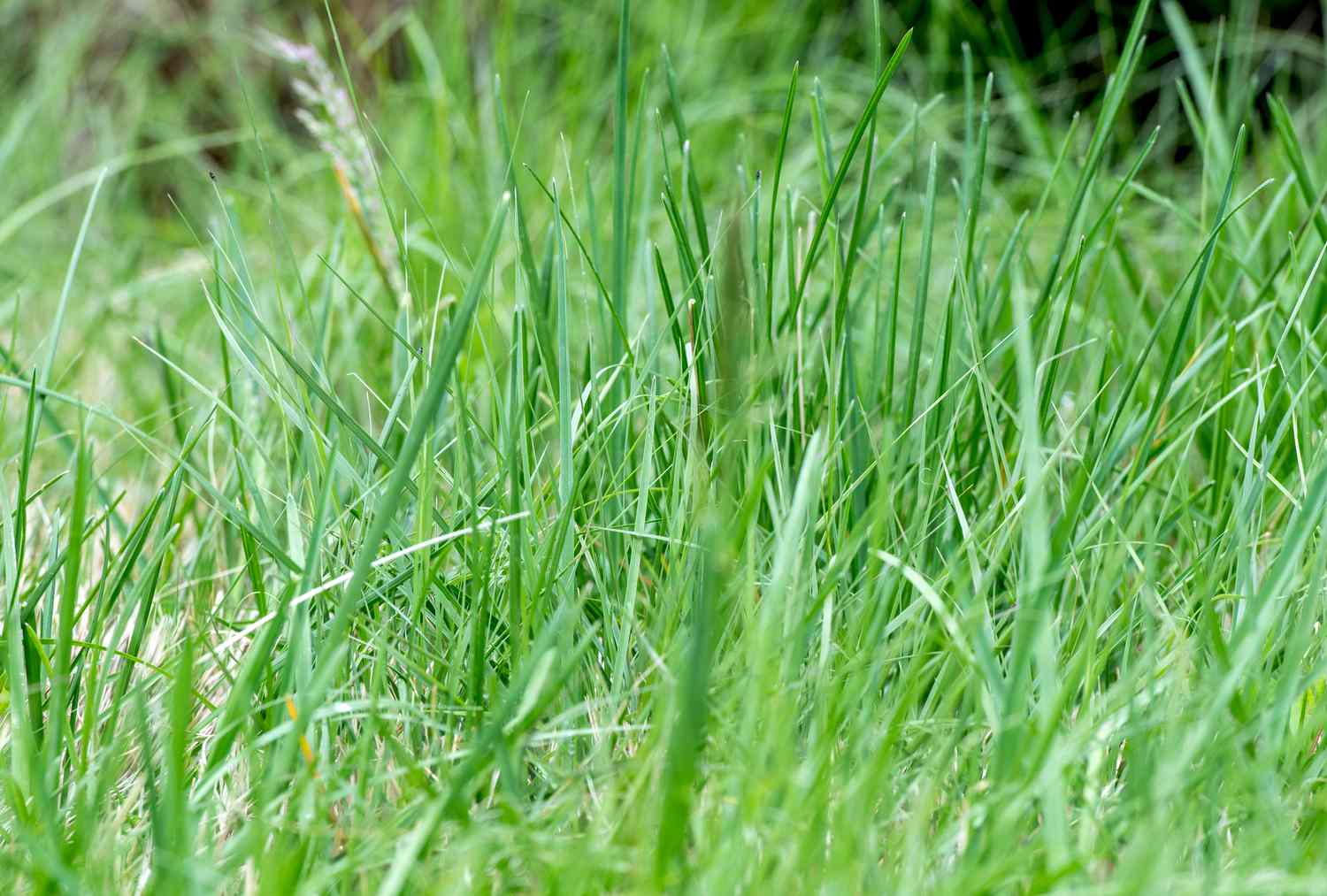
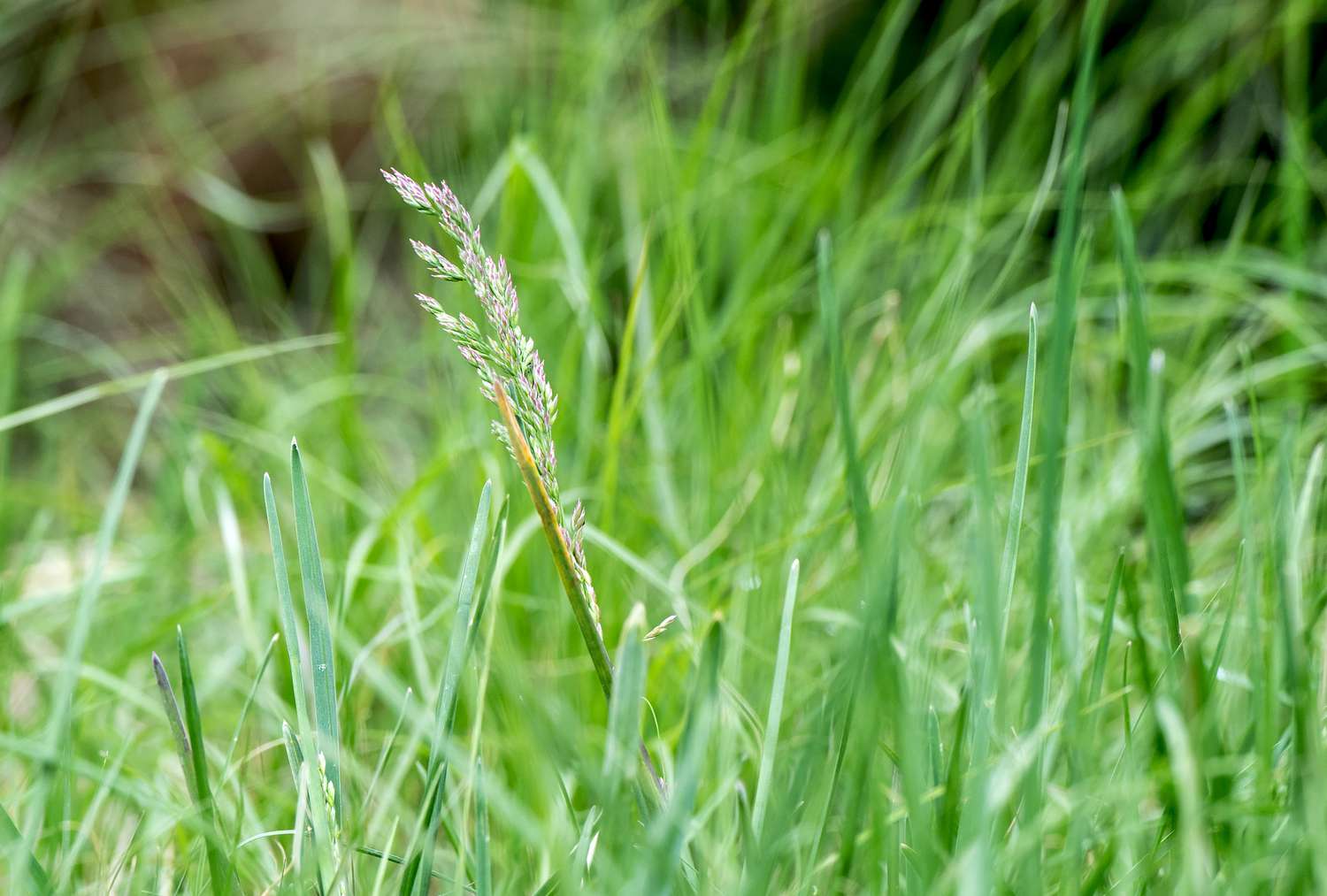
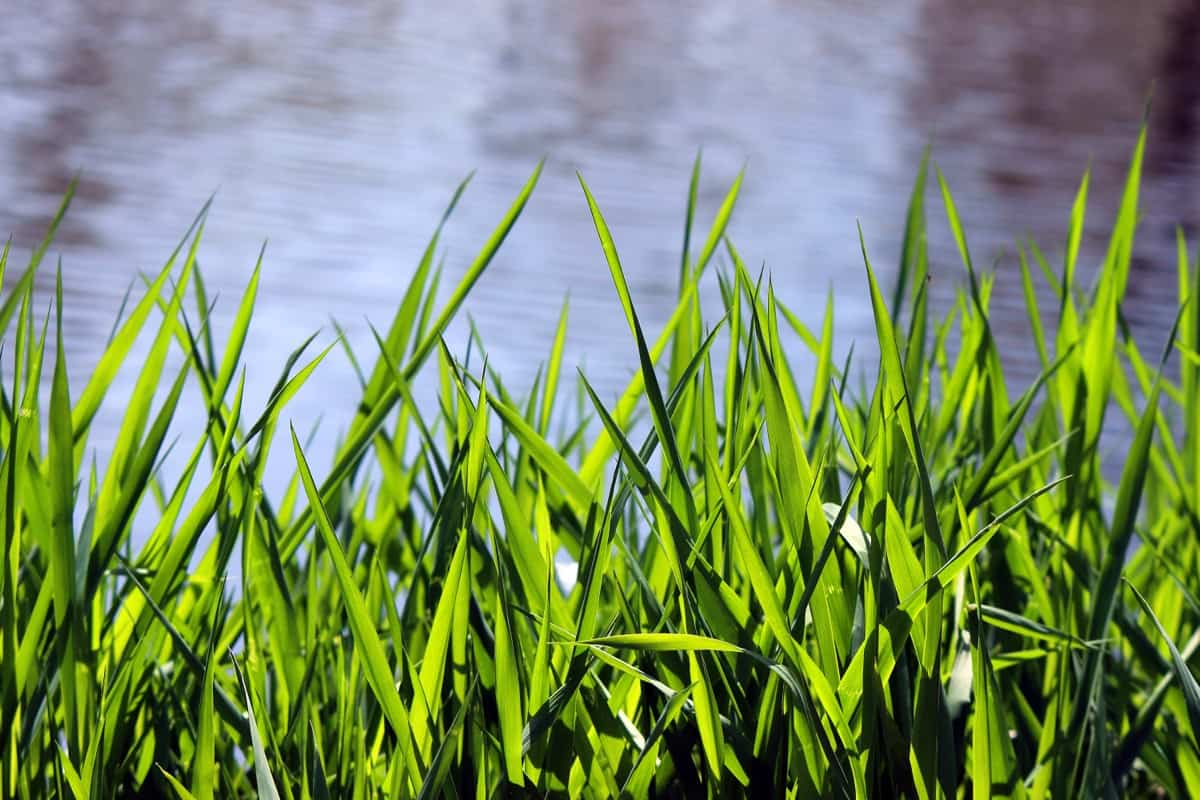
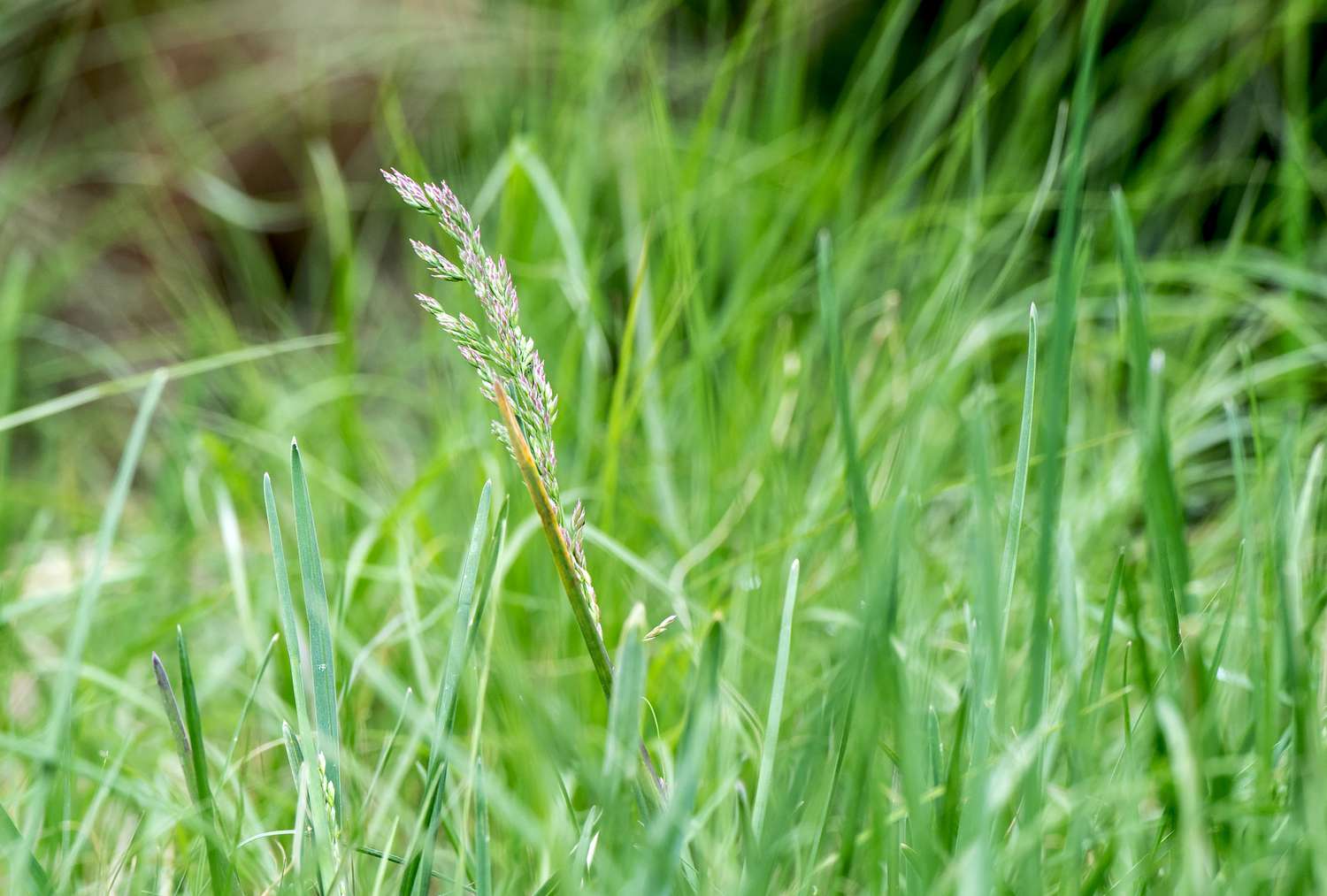
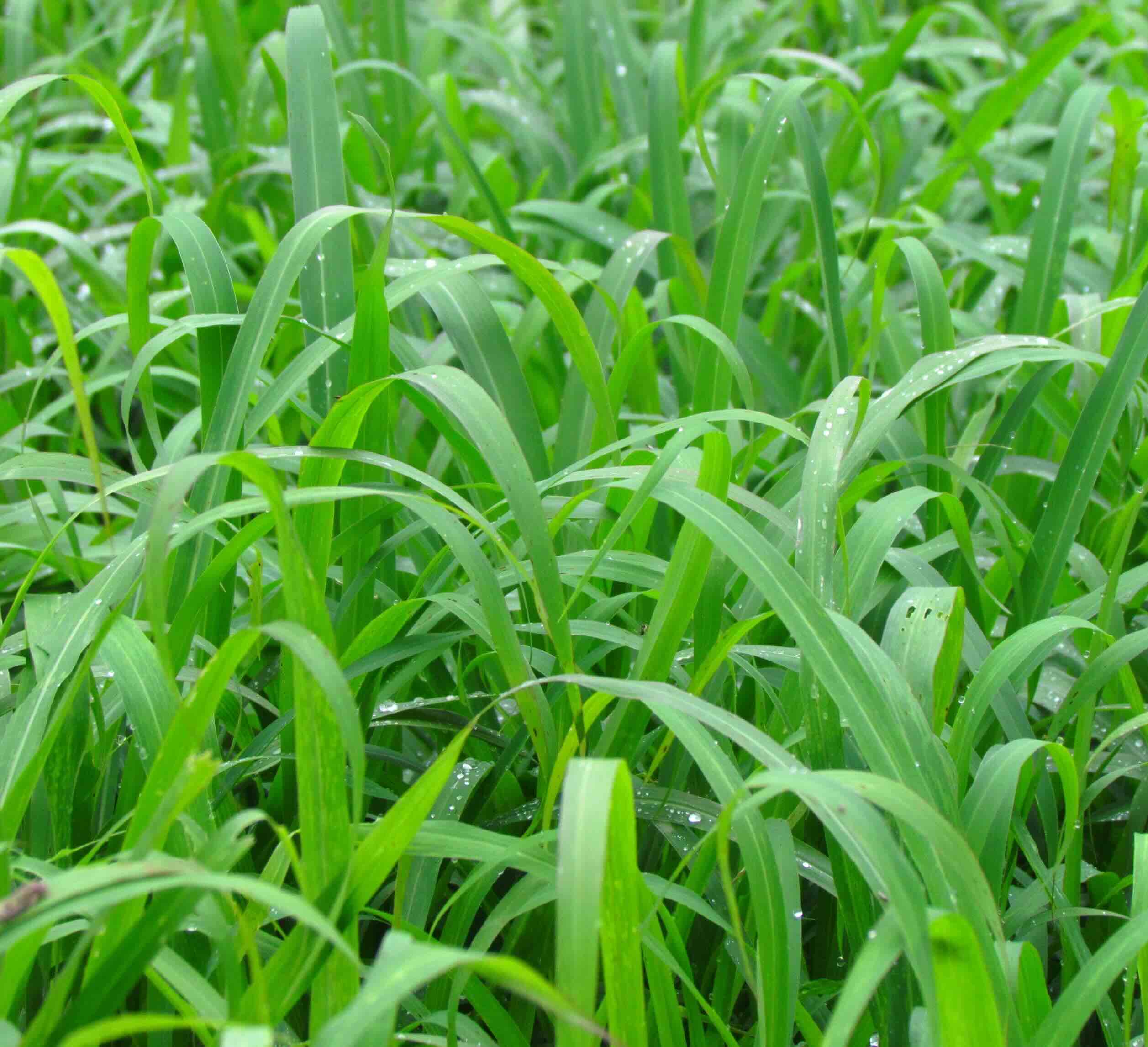
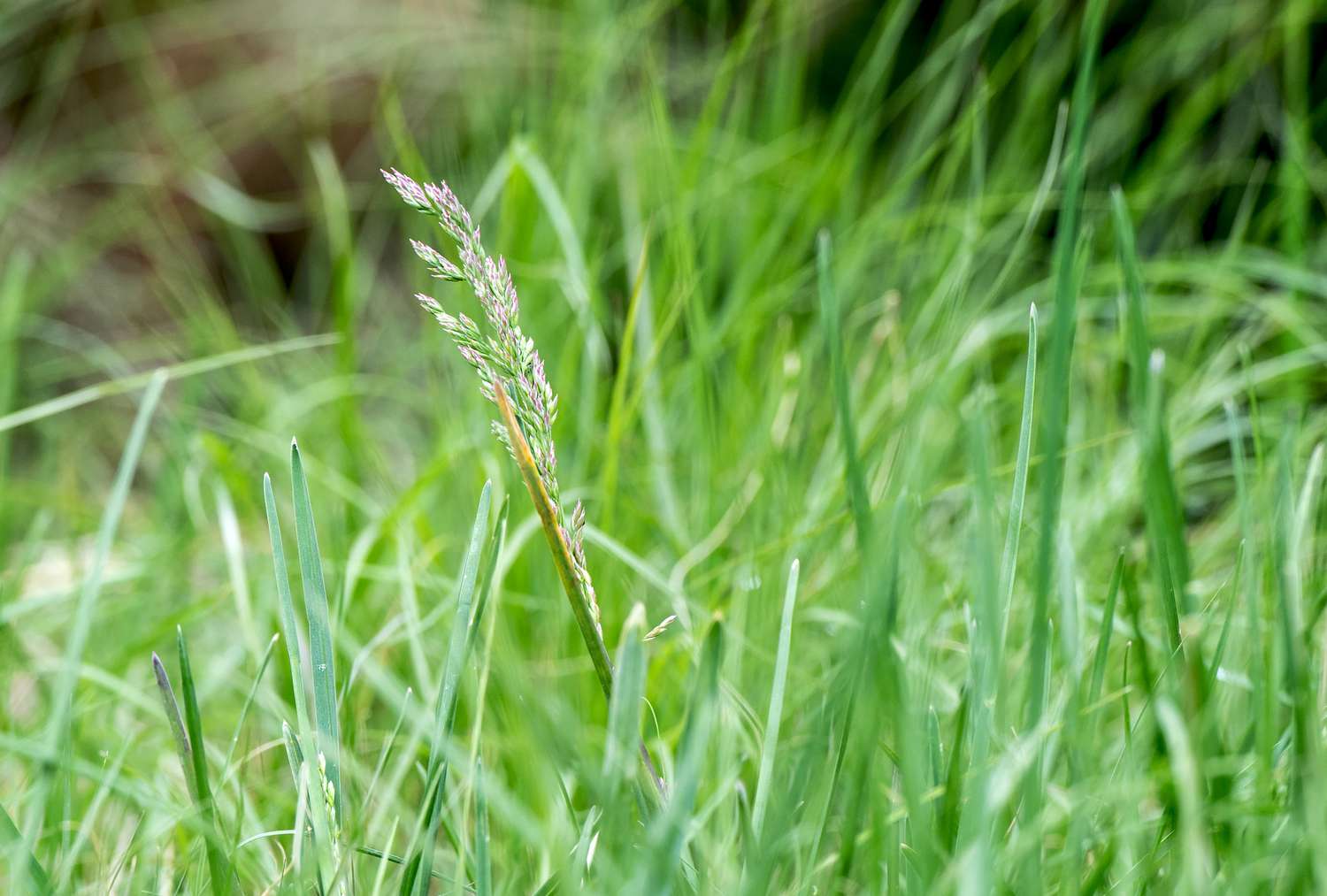
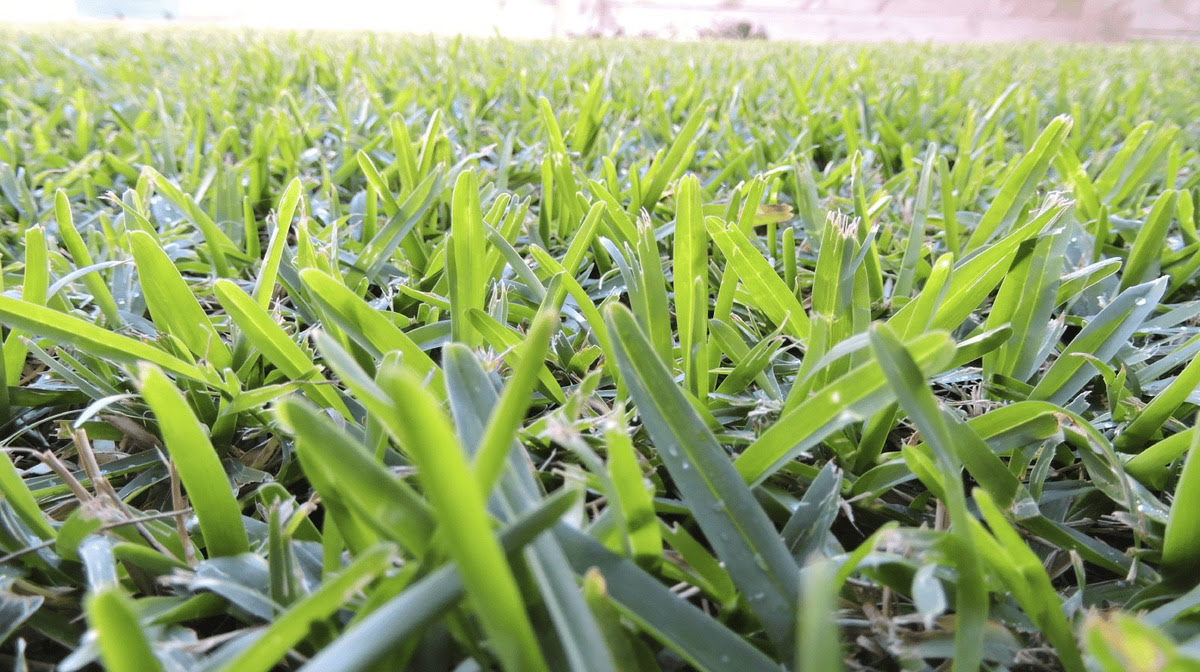
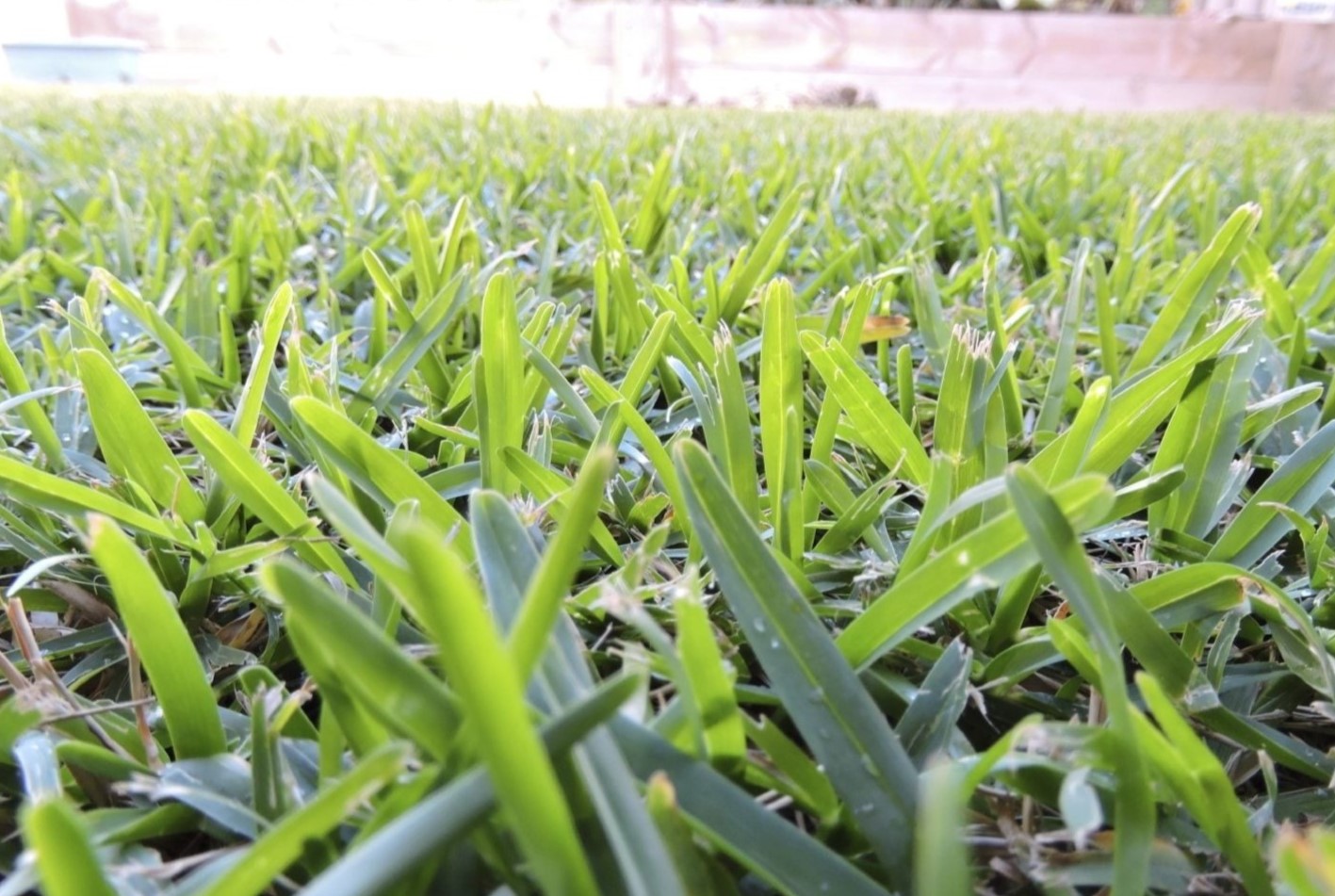
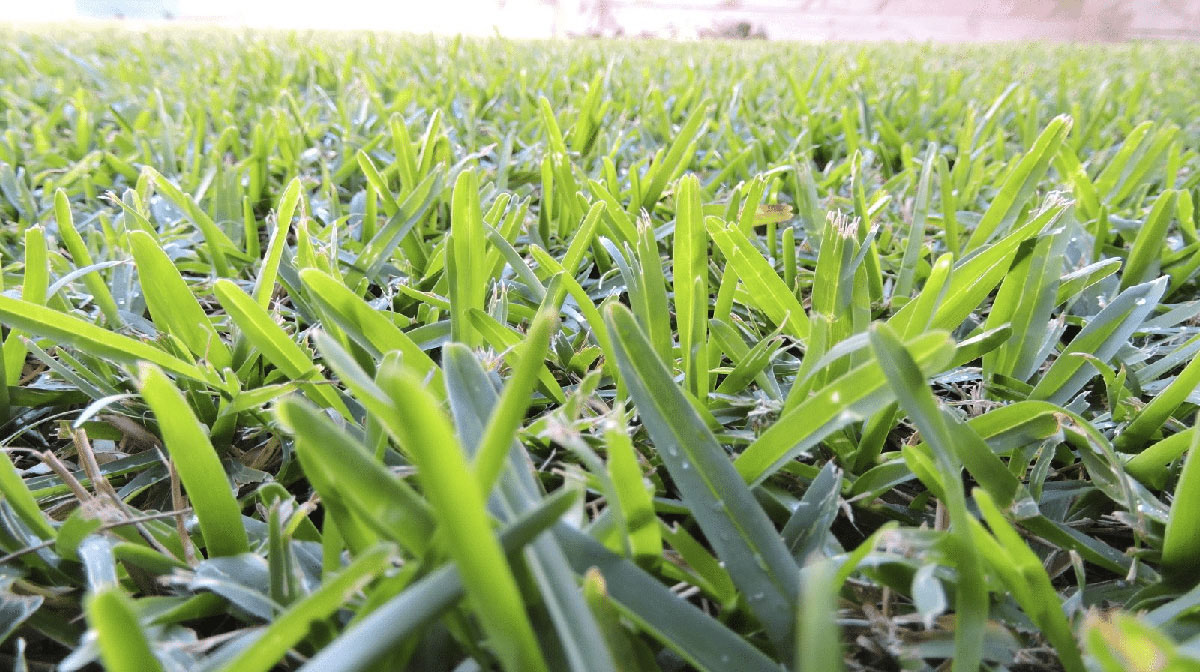



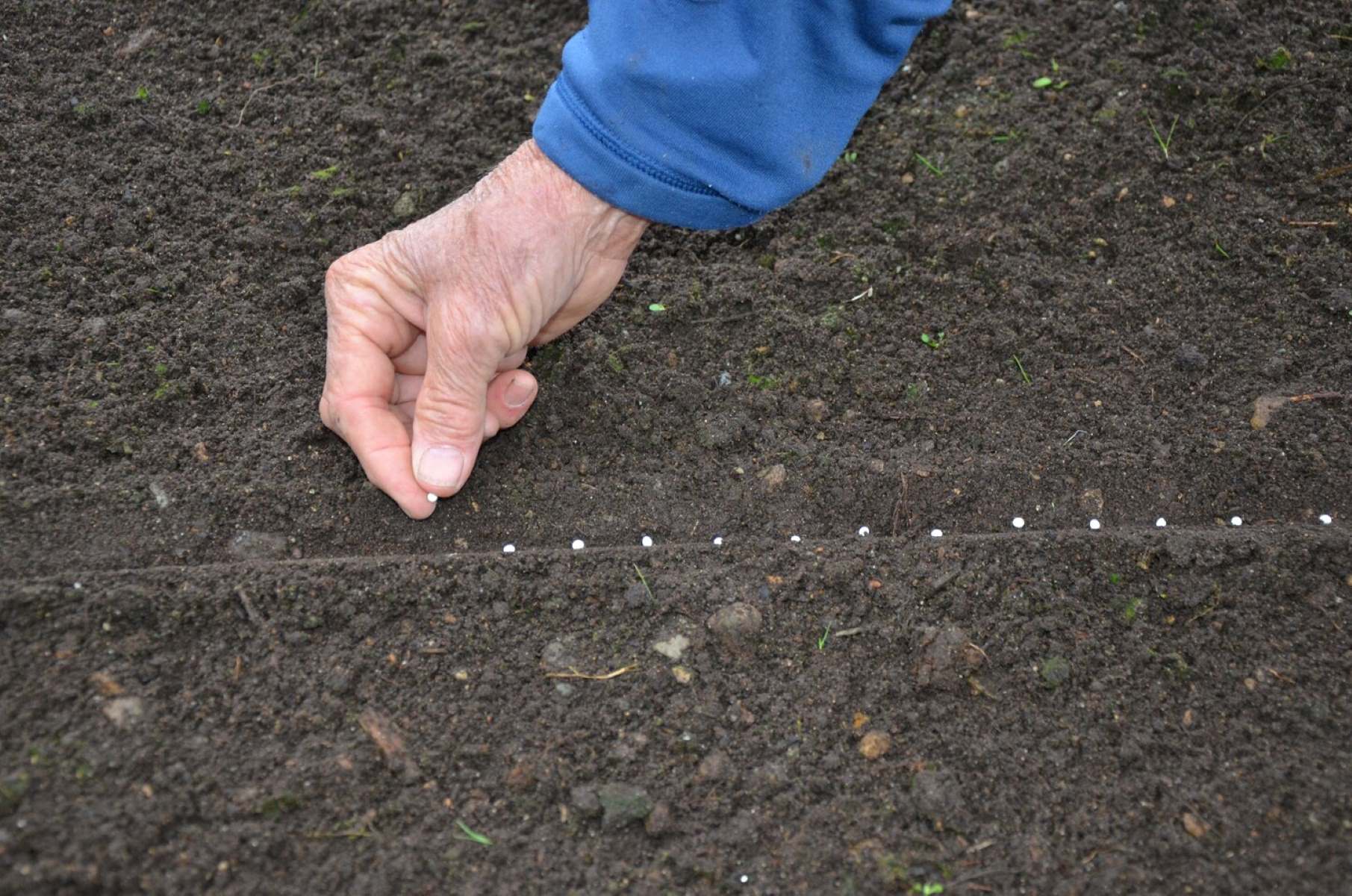
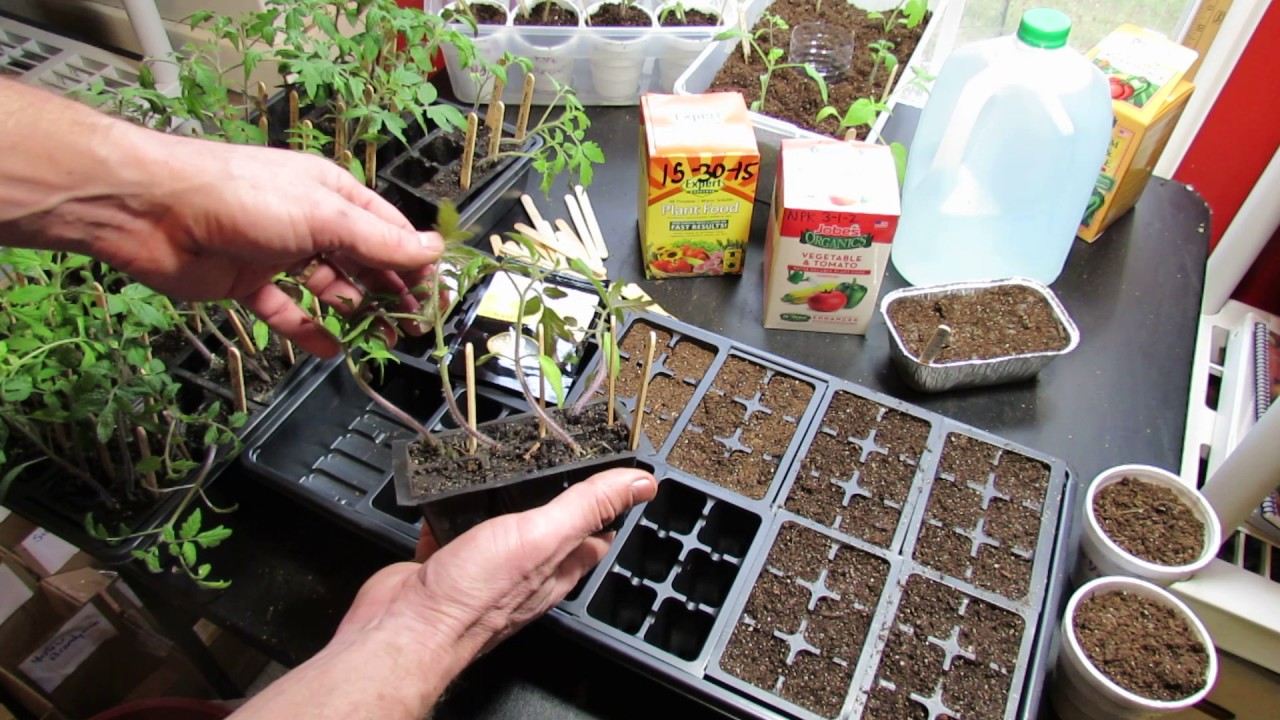

0 thoughts on “How To Plant Buffalo Grass Seed”